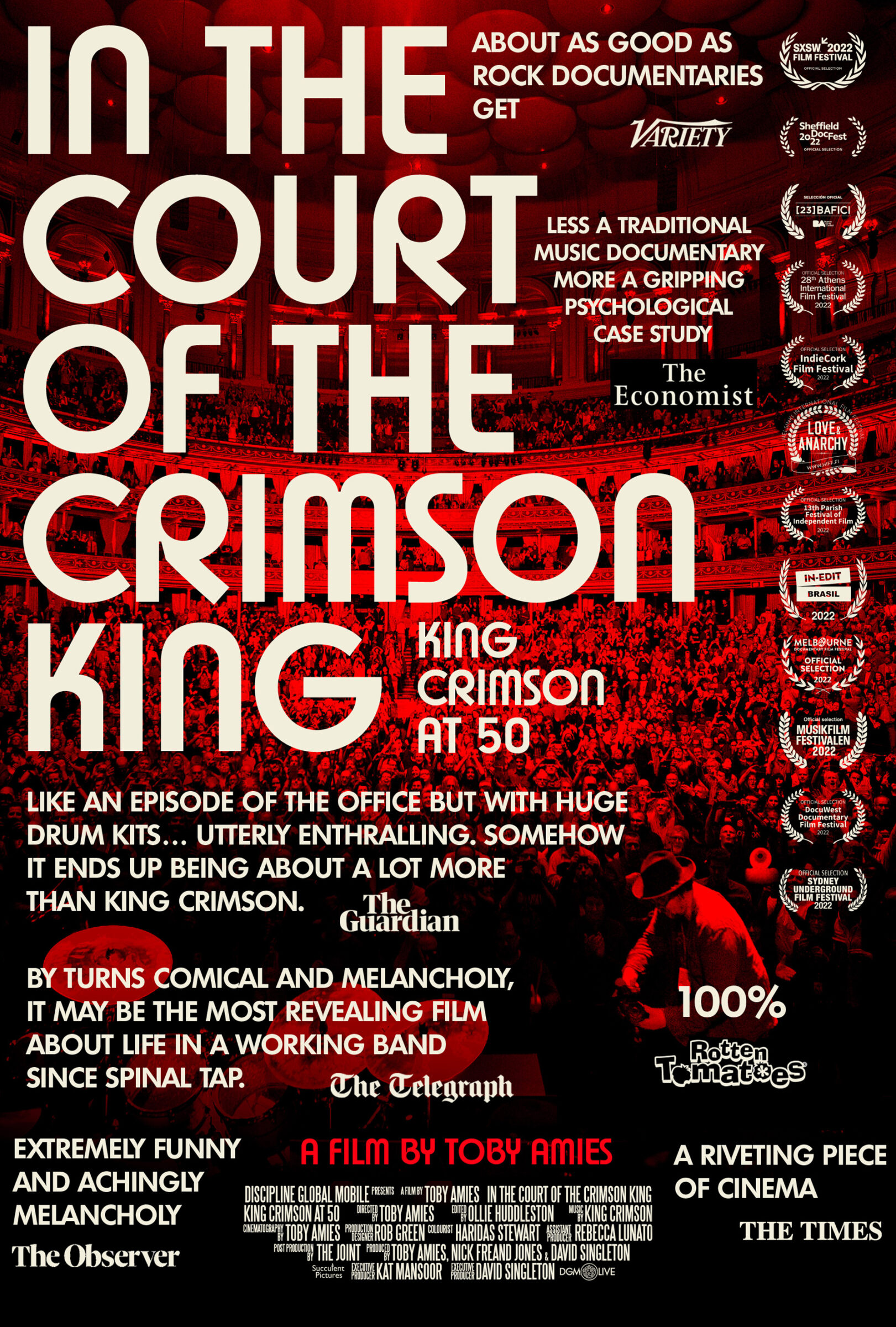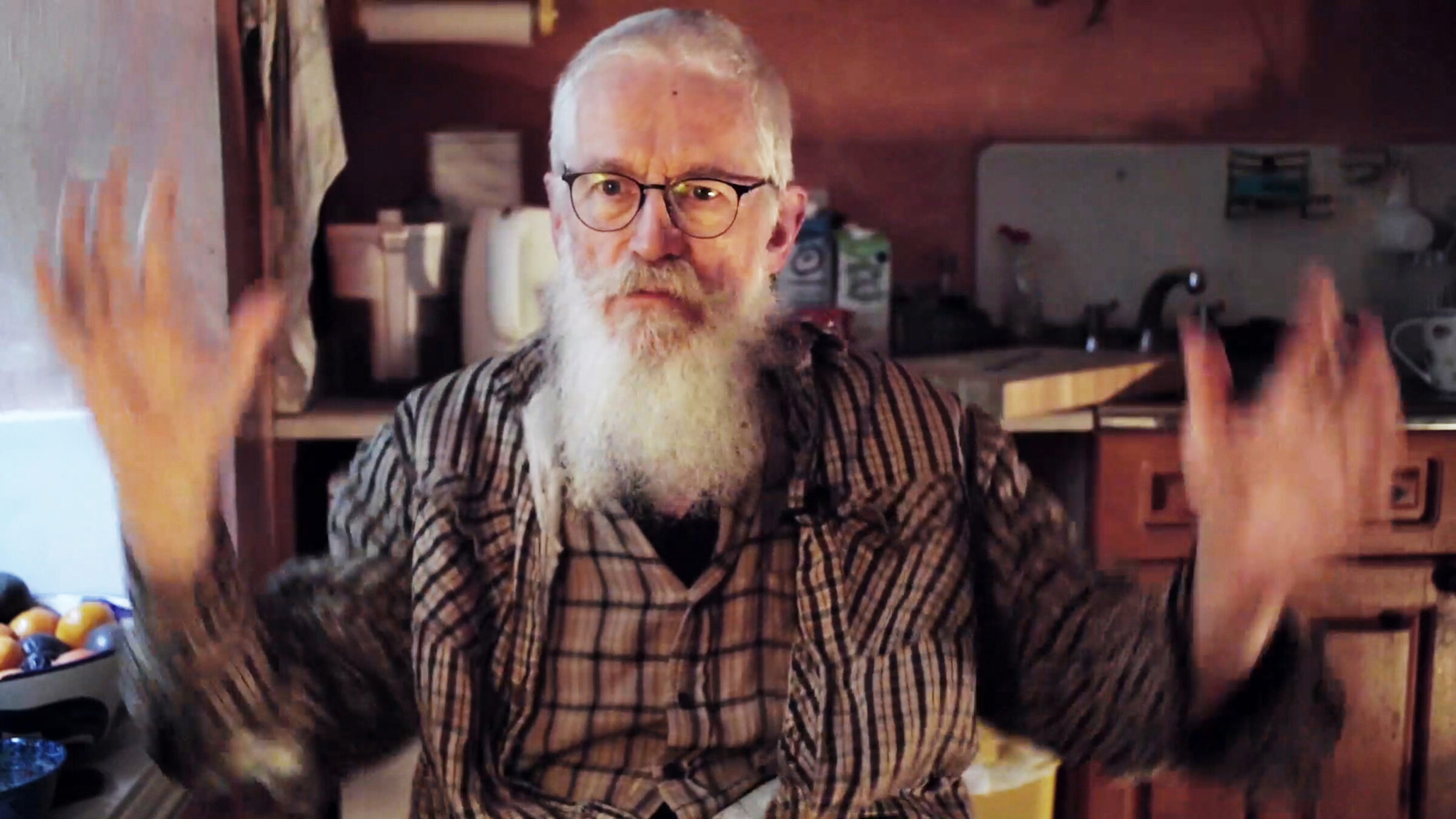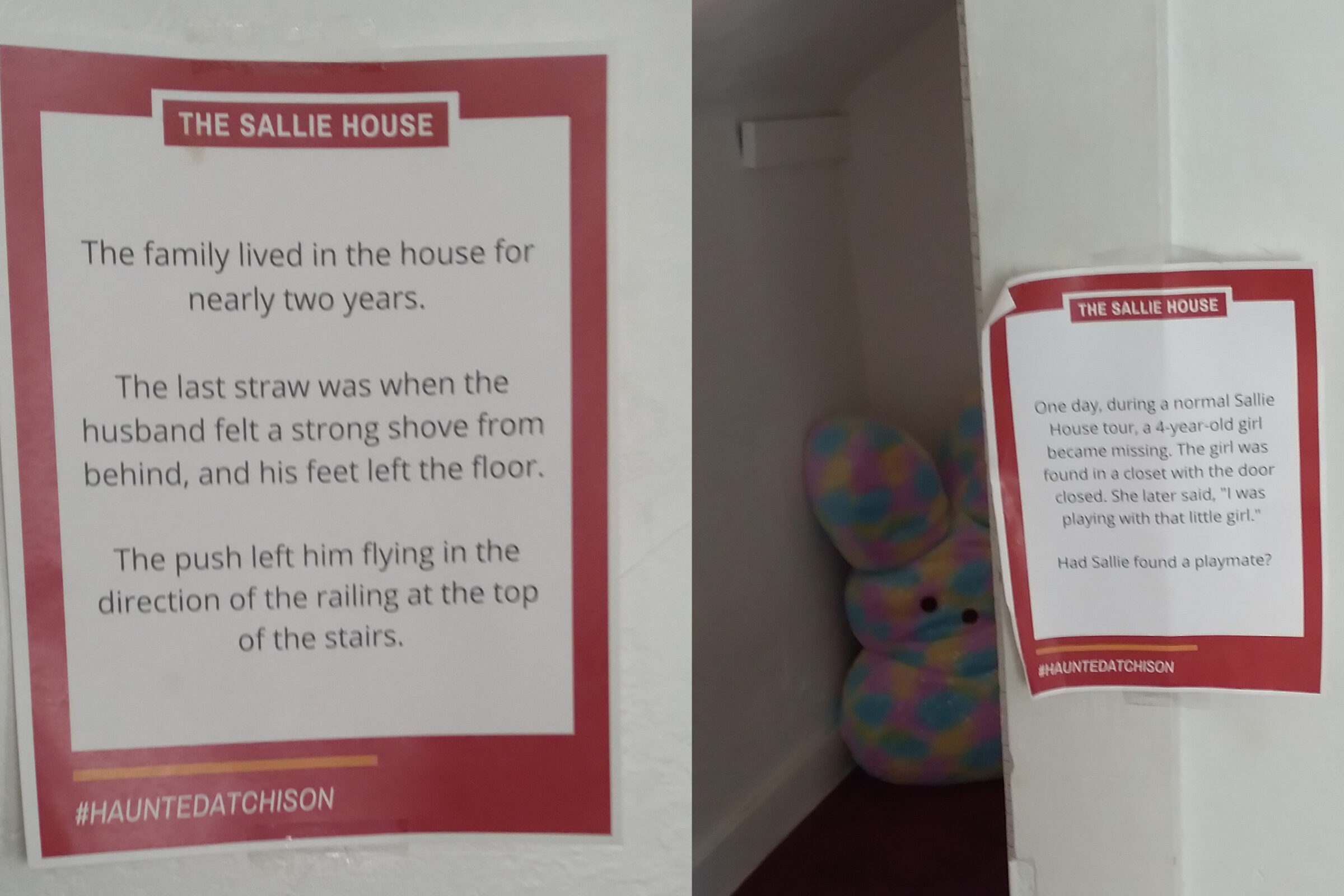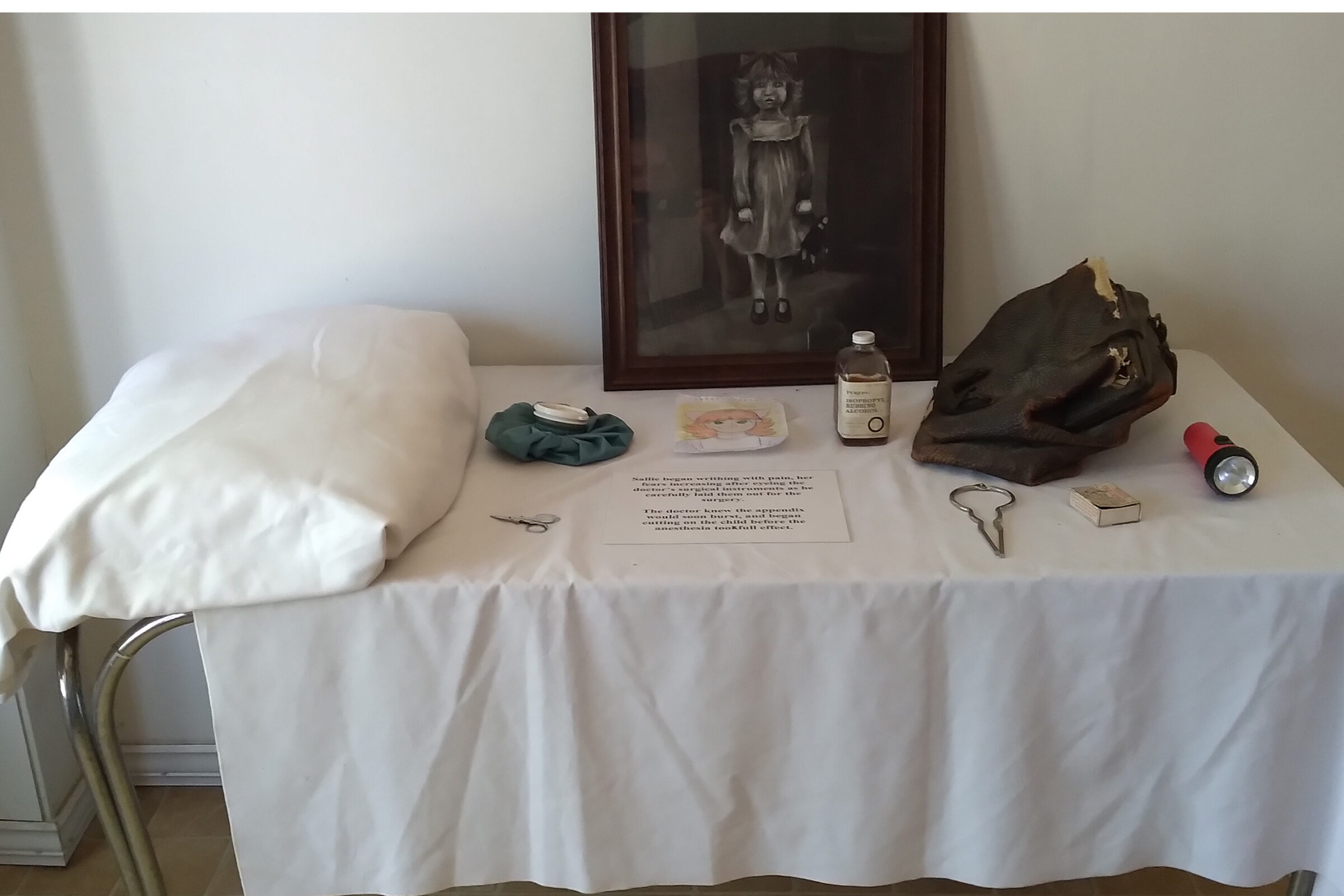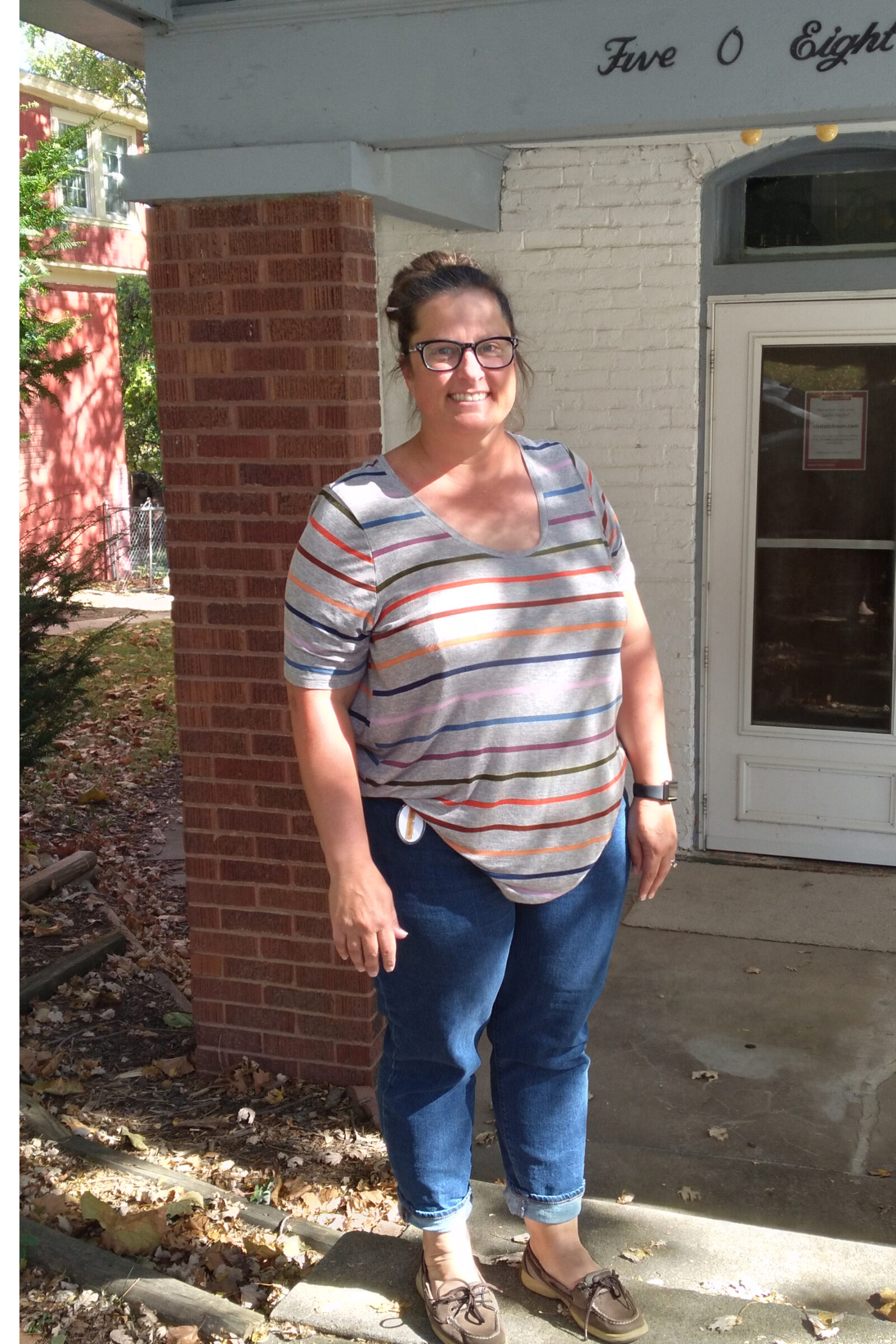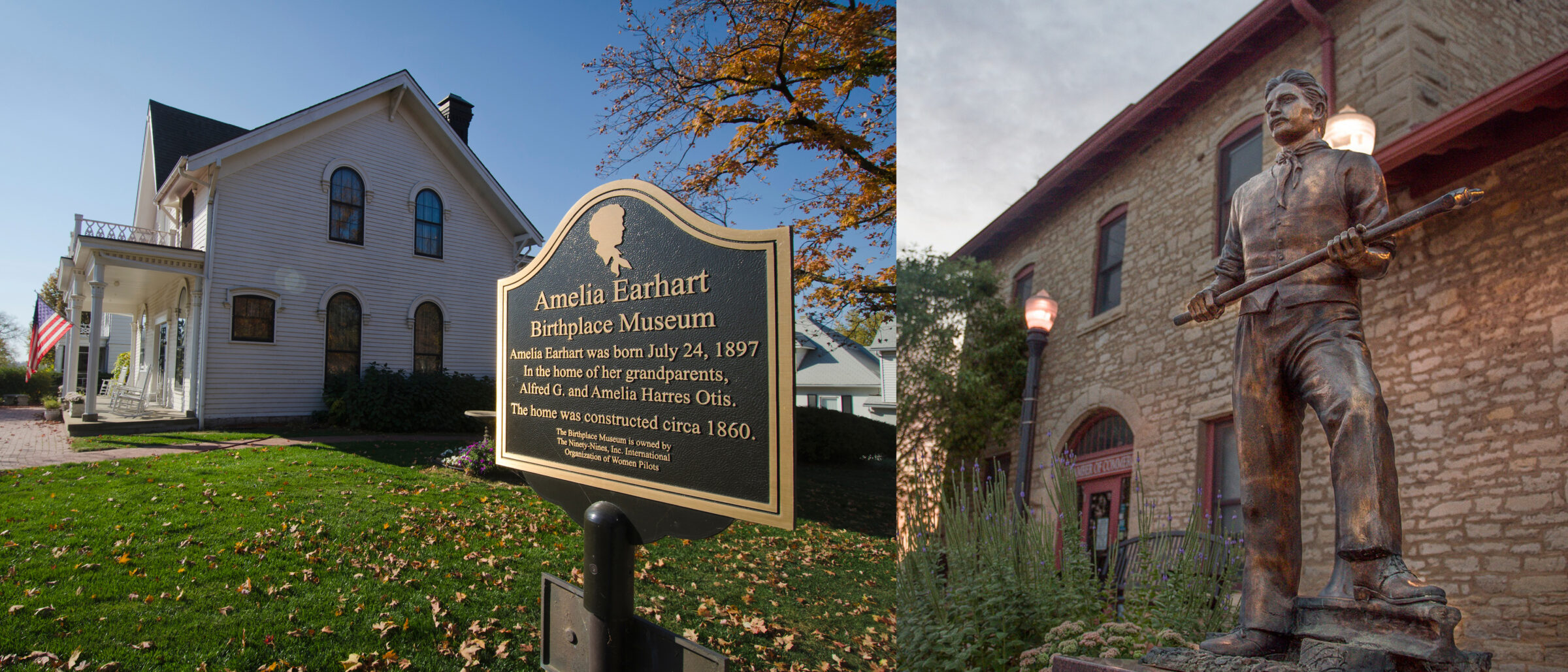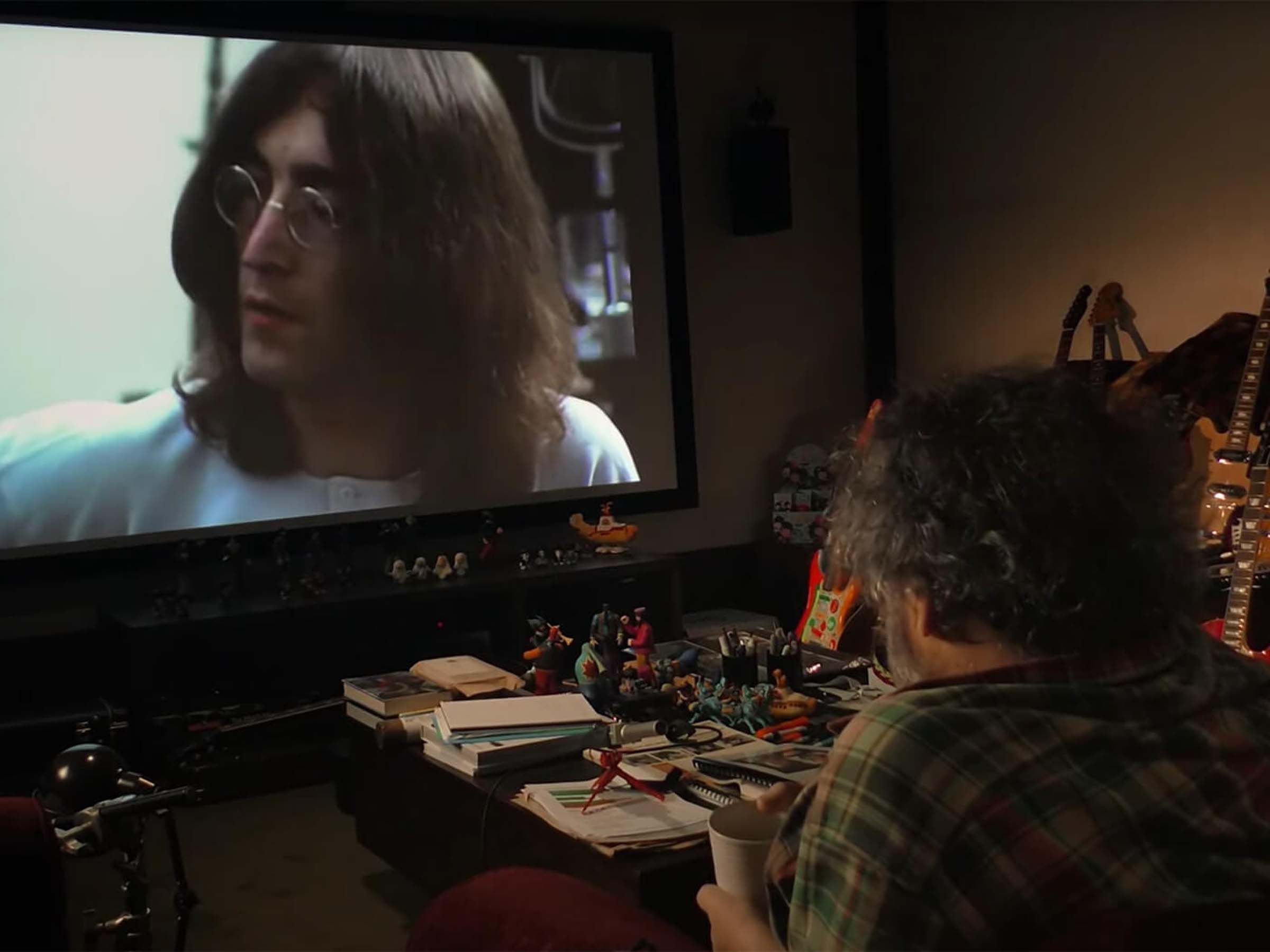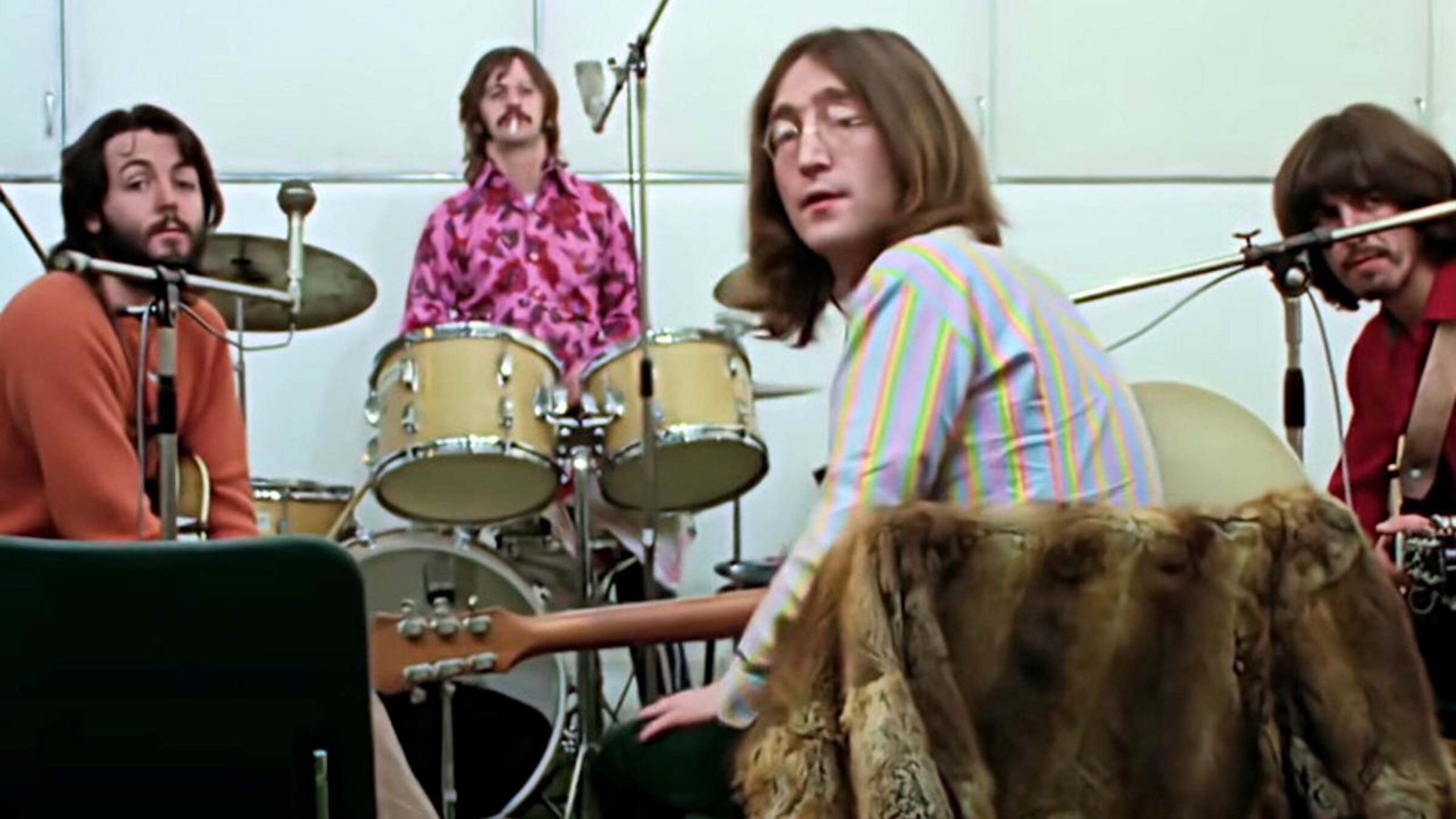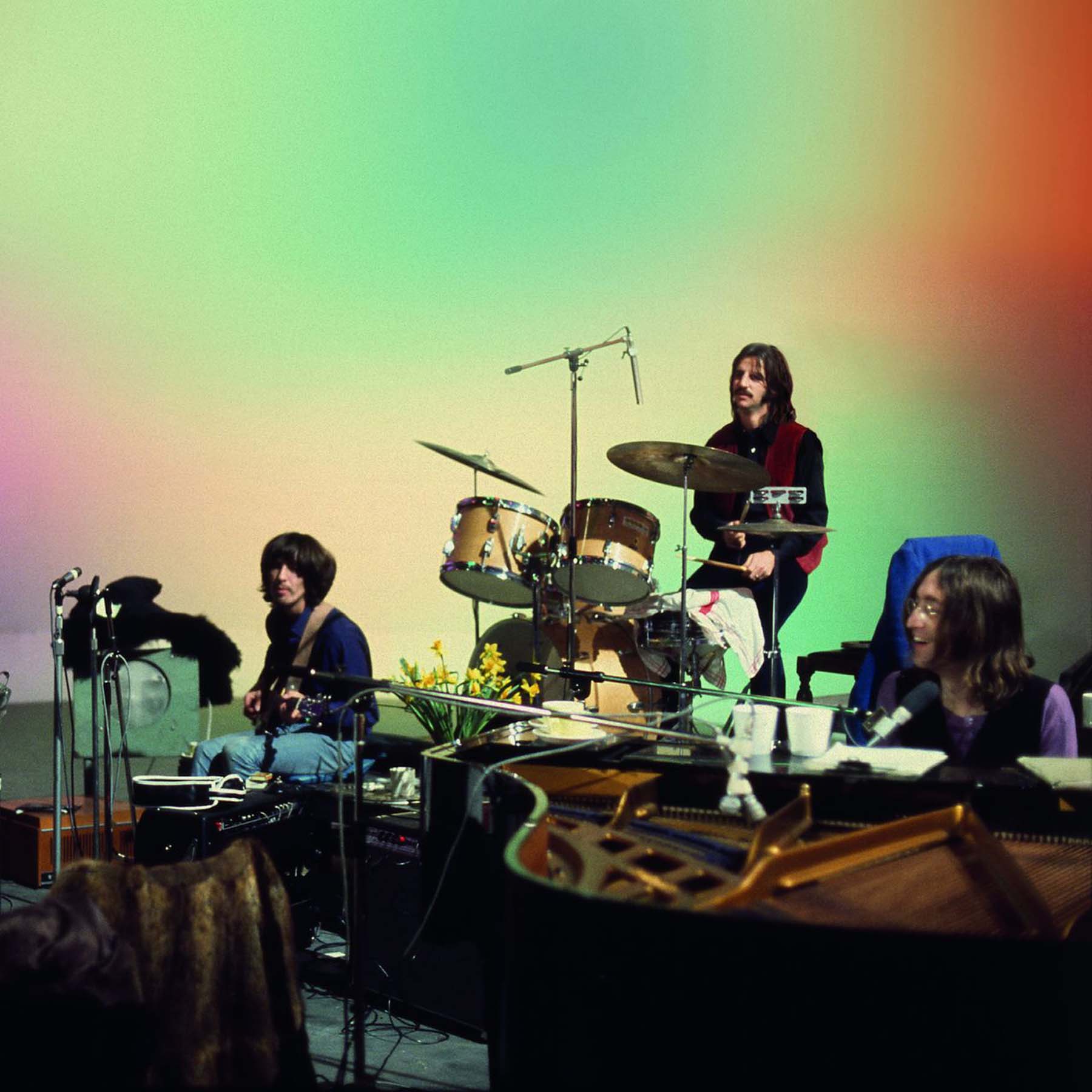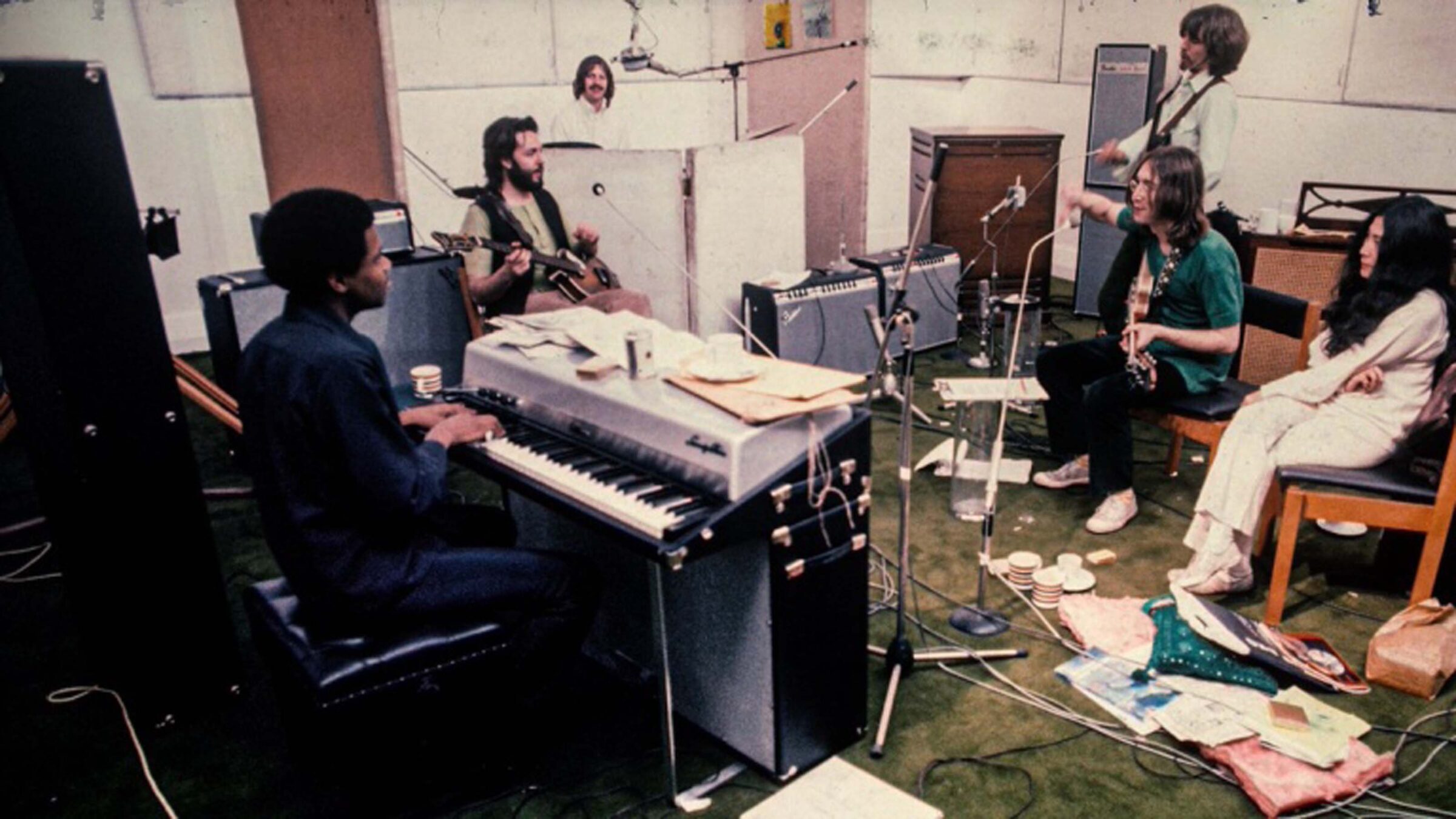(SCREAMBOX ORIGINAL/PAGEMAN PRODUCTIONS/BLOODY DISGUSTING/CINEVERSE (101 minutes; Unrated); 2024)

This is a horror movie that is aptly named, as it indicates that if you watch horror movies in hopes of seeing a lot of blood, this one delivers. Throughout the film, there is spurting blood from stabbings, limbs getting cut off and even a couple of outrageously over the top head choppings. So I am saying all that upfront so you know that bloody violence is the order of the day in this’un. But since it is billed as a “horror/comedy,” the undertone of absurdity and satire helps alleviate any revulsion you may feel about the killings, although I have to say, the first two were really rather shocking… they happen in the film’s first 15 minutes. But what’s it ABOUT, you ask? Well, there’s this wrestler guy named Tom O’Bannon (Shawn Roberts) who makes less than a good living from cheap matches that a sleazy promoter stages for peanuts. Tom isn’t happy about his plight but hasn’t much choice in the matter. His attractive girlfriend Phoebe (Joelle Farrow) has an important test to cram for, and she asks Tom to fill in for just two hours for a babysitting job she agreed to do for friends, who have a young daughter named Grace (Maya Misaljevic). Tom is anything but thrilled about this but reluctantly agrees. Problem is, the house has been targeted for sinister reasons by a band of psycho cultists. When Tom orders a pizza for him and Grace, the pizza delivery guy is slaughtered in brutal fashion, and then it’s abundantly clear something horrible is taking place. And when Tom investigates a couple of weird sounds, the mayhem begins in earnest.

That’s the setup in a nutshell.

I don’t really think, in a low-budget horror film such as this, that you need either a detailed plot synopsis or an analytical review of how successful the horror tropes are. Most people watch horror for the visceral kicks a film provides and the overall entertainment value. We’ve seen plenty of films about home invasions by masked psychos, which is the deal here, but this movie seems to delight in a level of excess that definitely makes an impression. One of the dimmer of the psycho cultists, apparently named “Bernie” (Jesse Buck) gets his face held to a red hot stove burner by Tom, screaming his head off; he also gets stabbed a bunch and has a hand cut off. The way Buck screams and pouts angrily throughout is the first sign you should NOT take this movie too seriously. Performance-wise, Buck is over the top but clearly understanding of the TONE that director Daniel Turres is going for. Which is a kind of high-energy schlock-carnage. “We are under attack by a gang of sex perverts!” Tom declares to Phoebe when she finally arrives after her studying is finished. “Everybody grab a knife,” he adds. There are tons of knives in this film, and an axe or two, all utilized regularly. “Just chop!” Tom tells Phoebe when she is wondering how they are going to subdue one of the killers. Phoebe is reluctant at first to do any killing and seems pathetically unhelpful, but when a killer calls her a bad name, she does some chopping all right, to such an extent that Tom has to tell her she can STOP now. Blood spurting in all directions is all the evidence needed that one of the baddies has been taken down. I laughed at that scene, honestly. And I laughed even more when Grace’s parents return home; this seemingly innocuous but neurotic couple, played with sitcom-like dopiness by Tara Spence-Nairn and Michael Therriault, provide some of the meant-for-relief laughter in the film’s final third. Considering the grim nature of the intruders and the detailed butchery we witness, the presence of these two quarreling knuckleheads will either help you relax or annoy the shit out of you. It sort of did BOTH for me.

The killers are part of a cult, naturally, preparing for some kind of “ascension” that involves both a disemboweled talking head (voiced by Twisted Sister’s Dee Snider) that keeps saying “Feed me!” (a la the plant in LITTLE SHOP OF HORRORS), and the sacrifice of an attractive young woman, which is Phoebe’s intended role in all this and a point of attentive self-awareness and parody by the filmmakers, who score a point or so for that in terms of comedy. “We all knew the risks of joining a cult,” one of the homeowners casually declares. “But it’ll all be okay when we ASCEND.” Of course. That’s how it’s supposed to work! HERE FOR BLOOD is not a boring movie – it keeps things moving along at a good pace, and one or two setpieces of insane bloodletting, though winking at past films like THE EVIL DEAD and REANIMATOR, aren’t quite as deleriously funny as they’d like to be. The acting is not very good, for the most part, although the muscular Shawn Roberts tries to anchor things as best he can (and takes a thorough beating throughout). At one point, young Grace points to a bloody figure on the floor and asks “Is that guy DEAD?” “Yeah,” Tom replies. “Sucks, cause he was a fan of mine, too.” I laughed at that scene, and plenty of others. Clearly the intent was to have some fun with the genre by both the director and writer James Roberts. But it’s no classic, and much of the acting is just too stiff to be memorable. Still, it’s worth a watch for horror fans that like to be repulsed or startled by what they see. And I give the film an extra point or two by letting the good guys win despite going through hell. But many will perhaps NOT make it to the end of this one without a decisive response either yay or nay. But if you’re “here for blood” when you sit down to view this piece of self-aware horror carnage, chances are you will get what you came for.

